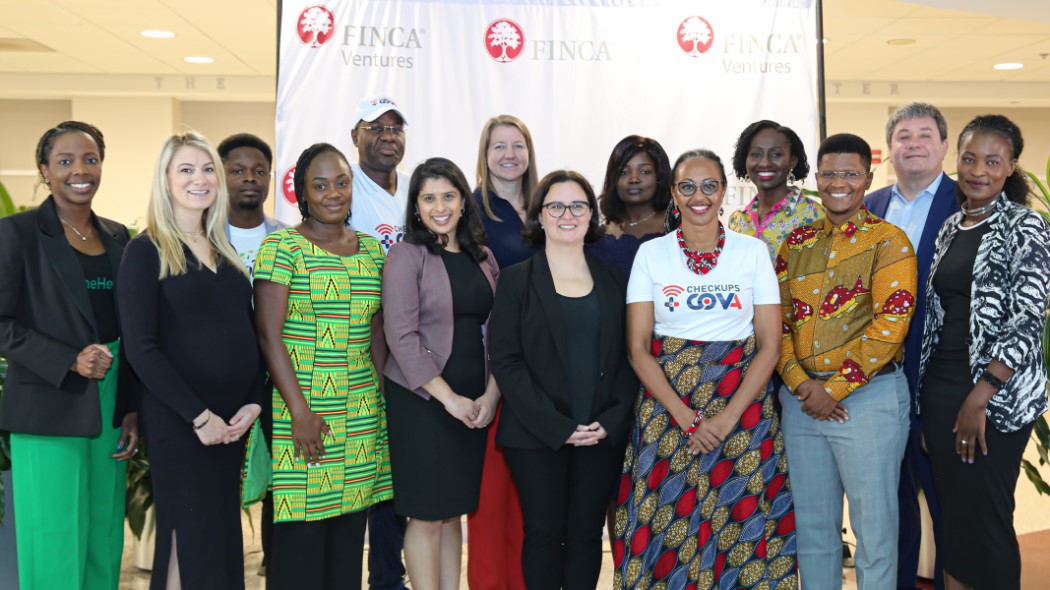There is growing interest in better connecting donor-advised funds (DAFs) with deep, impact investing opportunities. While we have some promising examples, few are talking about the changes that could really build this market. More shared data, more donor awareness, and practical tweaks to way DAFs engage with their donors could all boost the flow of DAF capital to impact investments.
The intersection of DAFs and impact investing is a hot topic. In April I wrote in Inside Philanthropy about this opportunity, and in recent weeks the topic was profiled in Barron’s, the Stanford Social Innovation Review, and in an article authored by Ron Cordes and Liesel Pritzker Simmons, two leading impact investors.
Donor-advised funds act as personal charitable accounts, and they are becoming increasingly popular for donors. DAFs allow individuals to contribute assets (cash, appreciated securities, even bitcoin) to their DAF account, receiving an upfront charitable tax deduction, and then, over time, donors make recommendations to the fund sponsor about which charitable organizations they would like their resources to support. Today there are more than $85 billion in DAF assets. As we await the latest tallies for 2018, those numbers may again break records.
Some DAF sponsors, like ImpactAssets, and increasingly community foundations, are demonstrating how to help donors steer their DAF capital to impact investing opportunities. The larger commercial DAF sponsors like Fidelity Charitable, Schwab Charitable, Vanguard Charitable and National Philanthropic Trust have only dipped their toes in, and some have expressed a willingness to dive deeper. DAF sponsors have noted general concerns about the need for liquidity, low cost products, and options with wide appeal to their diverse set of donors.
Deepening the alignment between DAFs and impact investments would introduce new and effective financial tools for individual philanthropists. DAF donors could also provide a large new source of patient and/or high-risk, impact-seeking capital for impact investors.
Here are five specific ideas to build the market and boost the flow of DAF capital to impact investments:
1. More shared data. The impact investing sector has worked collaboratively to survey, share, and analyze data and produce valuable research to grow the market. That same approach could produce some useful insights in the DAF space (DAF sponsors have been criticized for not being transparent with donor data). Some data points that would be helpful: What percent of donors and assets are in impact investment products? How has that changed over time? What factors are influencing DAF donor investment decisions and priorities? What are the considerations and limitations of impact investing for DAF sponsors?
2. Advisor education. There is much talk about the need for increased donor and wealth advisor education as an important pathway towards wider participation in impact investing. I don’t disagree, but how many DAF sponsors have raised their hand to own the responsibility of educating mainstream donors and advisors? That’s a useful place for more leadership, and an exciting a place where community foundations can lead. Community foundations often offer more advanced donor services and have closer relationships with their DAF donors.
3. Donor orientation: The DAF onboarding process has been designed to be quick and easy (“establishing your giving account is easy and only takes 5 minutes,” proclaims one major DAF sponsor). But donor orientation is a critical time for engagement, assessment, and education. For DAF donors that plan to give away their resources over years or decades, their capital is inherently patient. What if, during this onboarding, donors were introduced to a broader financial toolkit for social and environmental impact with new accessibility to impact investment? Could DAF sponsors align donor priority areas like climate change and environmental stewardship with impact investing options across asset classes? Helping donors understand the unique value of their DAF assets while taking the friction out of the investment process could be transformational.
4. A new default option: DAF sponsors could create a general investment pool with some mix of impact investments and make that the standard or default option for new DAF donors. The Chicago Community Trust, for example, added their local impact investments to their general investment pool; all standard DAF donors were automatically invested. When donors open their DAF they may not yet be prepared to make complex investment decisions. This general investment pool approach flips the onus to DAF sponsors and does not necessarily require potentially time consuming donor education efforts when donors first open a DAF account.
5. Outcomes Portfolios: One particularly exciting idea is an “outcome portfolio” that encourages donors to use a mix of grants and investments to achieve specific, measurable outcomes on an issue their donors care about. While it’s not cost effective nor feasible to create custom portfolios for every donors, DAF sponsors could create and offer portfolios around key areas of interest including climate change, community development, early childhood education, or women’s empowerment. This would be a practical chance to engage and educate donors about how their resources – both grants and the investment of their philanthropic assets – can be leveraged to support measurable outcomes on the issues they already care about.
There is a huge opportunity here. Proof points exits. Now we need pioneers in the sector to help raise standards and build a market for all DAF donors to unlock their resources for impact investments.
Nicholas Salter is the founder of Progressive Philanthropy Group.











